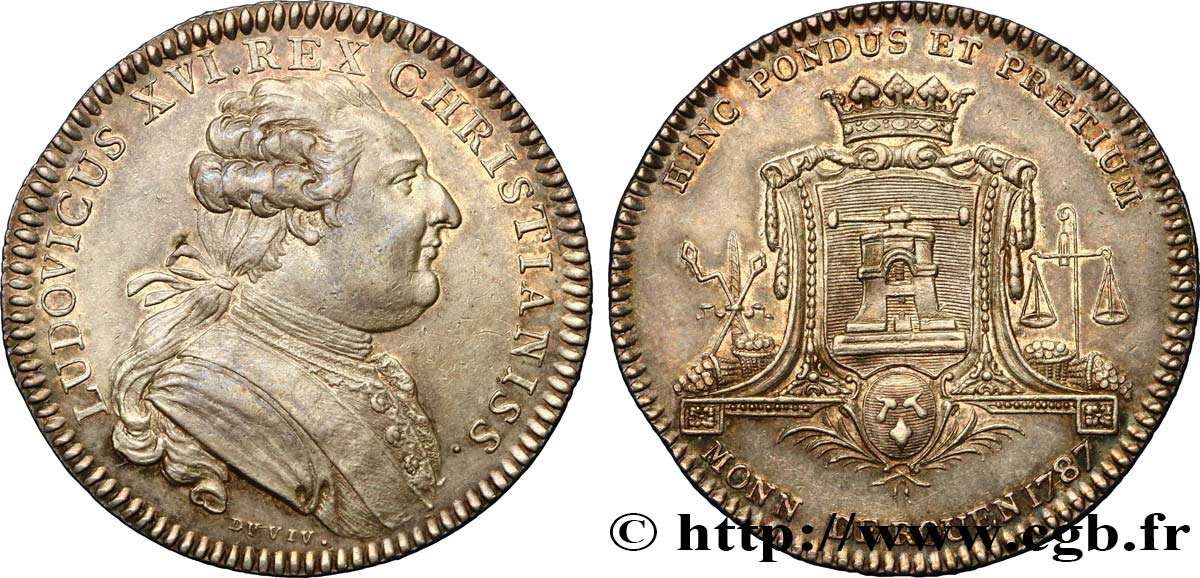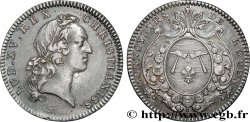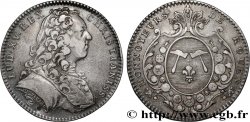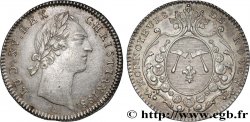E-auction 226-150423 - fjt_412769 - MINT AND MONNAYEURS OF ROUEN LA MONNAIE ET LES MONNAYEURS 1787
You must signin and be an approved bidder to bid, LOGIN TO BID. Accounts are subject to approval and the approval process takes place within 48 hours. Do not wait until the day a sale closes to register. Clicking on « bid » constitutes acceptance of the terms of use of cgb.fr private e-auctions.
Bids must be placed in whole Euro amounts only. The sale will start closing at the time stated on the item description; any bids received at the site after the closing time will not be executed. Transmission times may vary and bids could be rejected if you wait until the last second. For further information ckeck the E-auctions F.A.Q.
NO BUYER'S FEE.
NO BUYER'S FEE.
| Estimate : | 65 € |
| Price : | 46 € |
| Maximum bid : | 80 € |
| End of the sale : | 14 August 2017 18:35:30 |
| bidders : | 9 bidders |
Type : LA MONNAIE ET LES MONNAYEURS
Date: 1787
Metal : silver
Diameter : 30,5 mm
Orientation dies : 6 h.
Weight : 8,80 g.
Edge : cannelée
Catalogue references :
Obverse
Obverse legend : LUDOVICUS XVI REX CHRISTIANISS.
Obverse description : Buste à droite de Louis XVI, en habit avec le grand ruban [n° 395] ; au-dessous signature DUVIV..
Obverse translation : (Louis XVI roi très chrétien).
Reverse
Reverse legend : HINC PONDUS ET PRETIUM ; À L'EXERGUE : MONN. DE. ROUEN 1787.
Reverse description : Balancier monétaire dans un cartouche couronné posé sur une console ; écu aux armes des monnayeurs et ajusteurs de Rouen posé sur deux palmes en-dessous. Autour du cartouche : instruments de monnayeurs et d’ajusteurs, des pinces, une lime, une balance, des paniers de flans.
Reverse translation : (Ici se décide le poids et la valeur).








 Report a mistake
Report a mistake Print the page
Print the page Share my selection
Share my selection Ask a question
Ask a question Consign / sell
Consign / sell
 Full data
Full data


